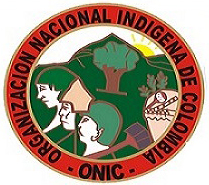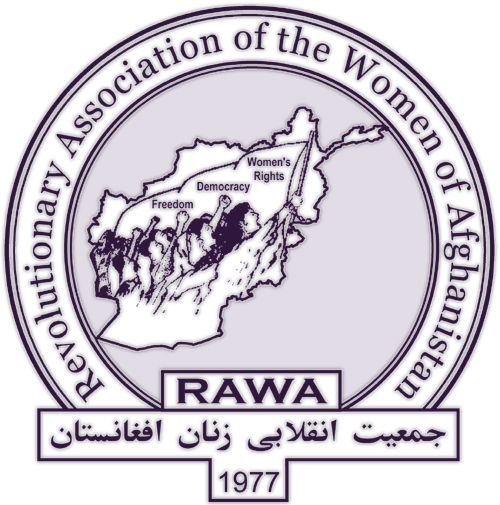Peru
Protests shut down Peru's largest copper mine
Peru's massive Antamina copper mine had to halt operations Oct. 31 due to protest blockades on an access road by local campesinos. The company, owned by the Australian BHP Billiton and the Swiss Glencore, urged the government "to restore order" and open dialogue with the protesters, stating that as long as "these conditions are not met, we cannot continue to operate." Residents of the local Aquia district (Bolognesi province, Áncash region) charge that Antamina "usurped" campesino lands for the project, which brings no benefit to the community. After a week of blocking the access roads, the campesinos on Nov. 2 agreed to lift the protest following intercession by the Ministry of Energy & Mines. However, they pledged to maintain the blockades until Antamina signs a formal agreement recognizing them as dialogue partners. (MercoPress, Mining.com, Caretas, Reuters)
Peru: indigenous protesters shut down pipeline
On the sixth day of a declared civil strike (paro) in Peru's Amazon rainforest, hundreds of indigenous protesters armed with spears seized oil installations Oct. 6, effectively shutting down the NorPeruano Pipeline. Station 5 on the pipeline, as well as oil exploitation blocs 192, 95 and 8, all in Loreto region, are under occupation. State company PetroPerú admitted that personnel have been evacuated from the pumping station, in Manseriche district, and that the seizure of the installation has "paralyzed the operations" of the pipeline. Awajún apu (traditional leader) James Pérez, speaking for the Indigenous Association for the Development & Conservation of the Bajo Yurimaguas, said the paro will continue until the central government responds to protesters' demands.
Peru: populist president prevails amid polarization
Proclaiming that "change is coming," Pedro Castillo, a left-populist political outsider and former school teacher, was sworn in as Peru's new president on July 28—the bicentennial of the country's independence from Spain. The following day, a second symbolic inauguration ceremony was held at the Battlefield of Ayacucho, site of the 1824 battle that secured Peru's independence and put an end of Spanish colonialism in South America. (TeleSur, Reuters)
Peru: ex-spymaster in plot to swing recount
The Fiscalía of Peru, the country's top prosecutor, has opened an investigation into Vladimiro Montesinos, the imprisoned former intelligence chief under dictator Alberto Fujimori, following release of a recording in which he evidently urges electoral authorities to throw the pending presidential election to Keiko Fujimori—daughter of the ex-dictator. The so-called "Vladiaudios" were released by Pedro Rejas, a retired military officer and Fujimori loyalist who received the phone call from Montesinos on June 23. In the call they appear to discuss bribing members of the National Jury of Elections (JNE). Also under investigation is Luis Arce Córdova, a JNE member who on the same day as the phone call was forced to step down for conflict of interest in response statements in favor of candidate Fujimori. (Aristegui Noticias, IDL-Reporteros, The Guardian, TeleSur)
Peru: indigenous opposition to Chinese gas project
A new coalition of Amazonian indigenous groups and environmentalists has come together in Peru to demand oversight and accountability in the development of a huge new hydrocarbon exploitation bloc in the rainforest. The China National Petroleum Corporation (CNPC) won exploitation rights in 2017 at Bloc 58, in the Upper Urubamba zone of Cuzco region, after explorations revealed some 3.9 trillion cubic feet of natural gas reserves, enough to increase Peru's total gas reserves by nearly 28%. But Bloc 58 overlaps with the traditional territories of the Asháninka and Matsigenka (Machiguenga) indigenous peoples, and is near the indigenous communities of Tangoshiari, Kirigueti, and Kochiri. It additionally overlaps with the "buffer zones" (zonas de amortiguamiento) of the Asháninka Communal Reserve, the Machiguenga Communal Reserve, Megantoni National Sanctuary and Otishi National Park.
Peru: Keiko takes page from Trump playbook
One week after Peru's close and hotly contested presidential run-off election, far-right candidate Keiko Fujimori appears to be taking a tip from the Donald Trump playbook. The official results from the National Office of Electoral Processes (ONPE) give Fujimori 49.8% of the vote, and 50.2% to her left-populist challenger Pedro Castillo. However, the results only become official when they are certified by the National Jury of Elections (JNE)—and Fujimori is calling for some 200,000 votes to be nullified as fraudulent, more than enough to throw the race in her favor. On June 11, the JNE said it would extend the deadline for filing challenges to votes, which had passed two days earlier. However, it reversed this decision hours later, in response to a public outcry and accusations by Castillo and his supporters of an attempted "coup d'etat." (Peru21, June 12; DW, June 11; BBC Mundo, June 10)
Podcast: indigenous survival and the crisis in Peru
In Episode 73 of the CounterVortex podcast, Bill Weinberg interviews Thomas Moore, anthropologist, advocate for indigenous cultural survival, and author of the newly released book, Madre de Dios: Refugio de Pueblos Originarios. The remote rainforest region of Madre de Dios in Peru's southern Amazon is a last refuge for isolated indigenous peoples, but is now massively threatened by mining, timber and other resource interests that operate in a semi-legal gray zone in a nexus with criminal networks. Peru has made some progress in complying with international norms on protection of isolated peoples, but these advances stand to be dramatically reversed if far-right candidate Keiko Fujimori comes to power in the pending run-off election. Listen on SoundCloud or via Patreon.
Peru: mass mobilization against neo-fujimorismo
Under the slogans "Fujimori nunca más" and "Keiko No Va," many thousands of Peruvians filled the streets of Lima and cities across the country May 22 to repudiate the presidential candidacy of Keiko Fujimori, contender of the far-right Fuerza Popular party and daughter of imprisoned ex-dictator Alberto Fujimori. The lead contingent in the rally that filled downtown Lima's Plaza San Martín was composed of survivors of the reign of terror during the 1992-2000 Fujimori dictatorship.















Recent Updates
1 day 12 hours ago
1 day 12 hours ago
1 day 12 hours ago
1 day 15 hours ago
2 days 18 hours ago
4 days 14 min ago
4 days 12 hours ago
4 days 13 hours ago
5 days 12 hours ago
5 days 13 hours ago